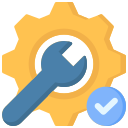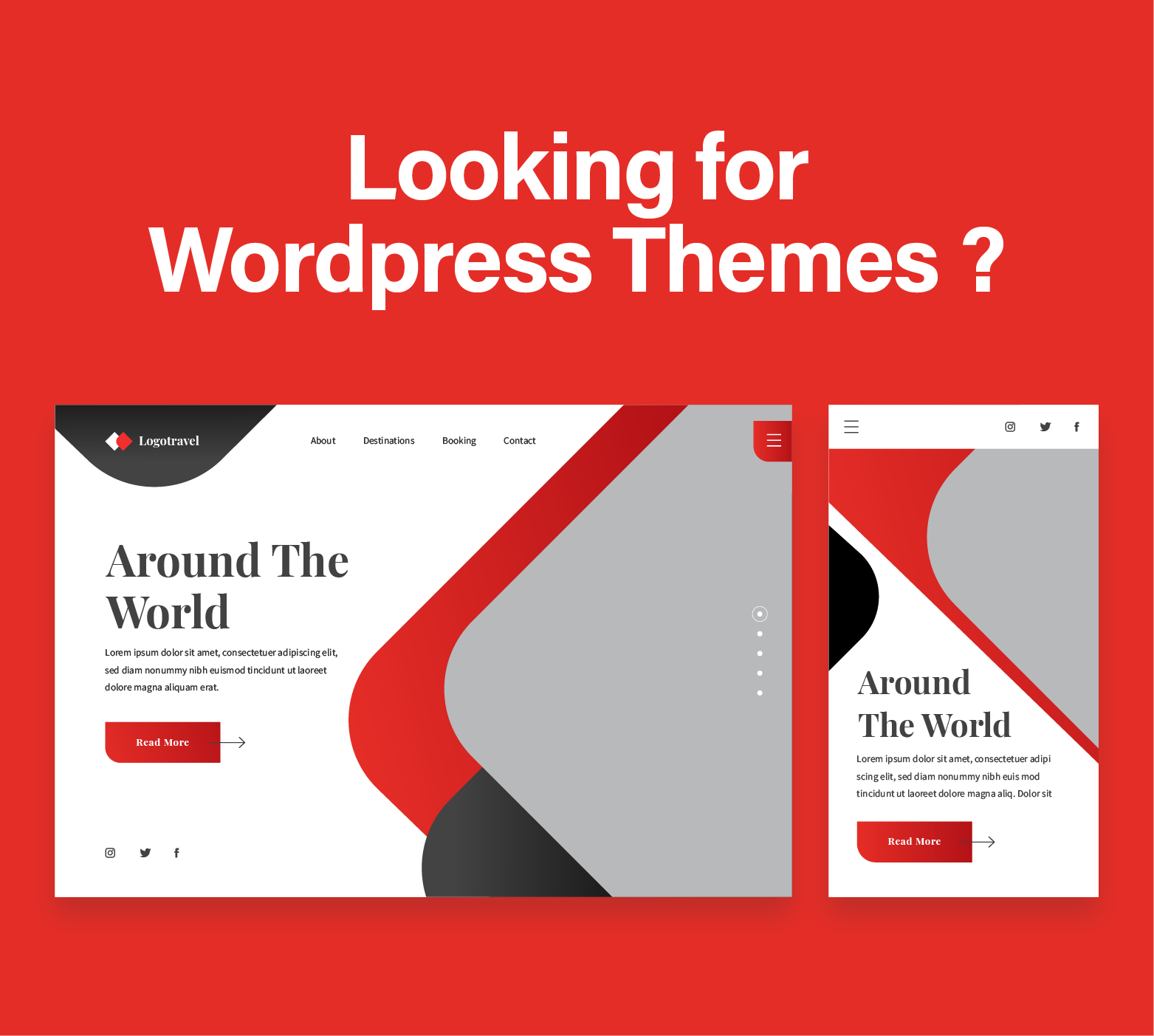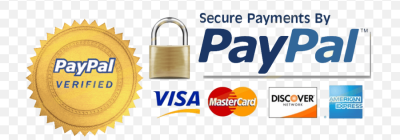
Building a website from scratch can be an exciting journey. Whether you’re a business owner, a hobbyist, or someone looking to establish an online presence, creating a website can open doors to so many opportunities. This guide will walk you through the steps to create a website, from concept to going live.
And of course in the end offering our services, because we as a web design agency know the latest trends, and can execute a web development project much faster than any freelancer out there. Plus we have the correct expertise and work with the best tools, like wix, squarespace, HTML, CSS, javascript react, php and other frameworks to build complete web apps and ecommerce websites.
Let's talk
Schedule a discovery call with our team
How to create a website from scratch
- Define Your Site’s Purpose and Strategy:
- Determine what you want your website to accomplish.
- Identify your target audience and what you want them to do on your site.
- Choose a Domain Name:
- Pick a name that reflects your brand or the content of your site.
- Use a domain name registrar to purchase your domain name.
- Select a Web Hosting Service:
- Research and choose a reliable web hosting provider.
- Consider the type of hosting you need: shared, VPS, dedicated, or cloud hosting.
- Plan Your Site’s Structure and Content:
- Create a sitemap outlining your site’s pages and structure.
- Write the content for each page, focusing on your goals and audience.
- Design Your Website:
- Sketch your site’s layout or use a wireframing tool.
- Consider usability and user experience in your design.
- Choose Your Development Tools:
- Decide between using a website builder (like Wix, Squarespace, or WordPress) or coding your site from scratch with HTML, CSS, and potentially JavaScript.
- Build Your Website:
- If coding, start with HTML for structure, then CSS for styling, and JavaScript for interactivity.
- If using a CMS or website builder, follow their platform-specific guidance to construct your site.
- Test Your Website:
- Check your site’s functionality on multiple browsers and devices.
- Test loading times, links, forms, and the responsiveness of your design.
- Publish Your Website:
- Once you’re satisfied with your site, publish it through your hosting provider.
- Ensure your domain name is properly linked to your hosting account.
- Promote Your Website:
- Use social media, SEO strategies, and other online marketing techniques to attract visitors to your site.
- Consider email marketing or pay-per-click advertising for further promotion.
- Maintain Your Website:
- Regularly update your site with fresh content and security updates.
- Monitor your site’s performance and adjust your strategy as needed.
By following these steps, you’ll be well on your way to creating a successful website from scratch. Remember, building a website is an iterative process, and it’s important to continuously improve and update your site based on feedback and analytics.
Understanding the Basics of a Website
A website is more than just a digital space; it’s a platform that communicates, informs, and engages with its audience. At its core, a website is a collection of interconnected web pages, all unified under a single domain name. Whether accessed via the vast expanse of the internet or a private network, websites have become an integral part of our digital lives.
From personal blogs that share life stories to intricate e-commerce sites selling a myriad of products, websites can serve a multitude of purposes. They can be laser-focused on a specific topic or cater to a broad spectrum of content. In today’s digital age, having a website is not just a luxury but a necessity for individuals, businesses, and organizations alike.
1. Define Your Website’s Purpose
Every great website starts with a clear vision. Before diving into design elements or content creation, it’s crucial to pinpoint the primary goal of your website. Are you aiming to inform, entertain, sell products, or perhaps showcase a portfolio? This foundational step is about more than just deciding the type of website; it’s about understanding your target audience and what you want to achieve with your online presence.
For instance, a business website might focus on generating leads and sales, while a personal blog might aim to share stories and connect with like-minded individuals. By defining your website’s purpose from the outset, you can ensure that every subsequent decision aligns with your overarching objectives, leading to a cohesive and effective website.
2. Choose the Right Platform
The digital world offers a plethora of platforms for building websites, each catering to different needs and skill levels. From user-friendly website builders like Squarespace that offer drag-and-drop functionalities to more complex platforms that require coding knowledge, the choices are vast. Your decision will hinge on your technical expertise, the specific needs of your site, and your long-term goals.
If you’re a beginner, platforms like Wix or WordPress might be more suitable, offering pre-designed templates and plugins. On the other hand, if you’re well-versed in coding, you might opt for a more hands-on approach, crafting your site using HTML, CSS, and JavaScript. Regardless of the platform, ensure it aligns with your website’s purpose and your own comfort level.
We think the most popular platform to build a website is WordPress, so we advise you to go with that. The costs are minimal, and you only pay for the website building once, and other than that there are no recurring fees. And if you want to hire a WordPress design agency, we are here to build any type of website, because we are the best when it comes to WordPress development and design.
3. Opt for a Content Management System (CMS)
In the realm of website creation, a Content Management System (CMS) is a game-changer. A CMS is a web application designed to make creating and managing digital content more accessible. It eliminates the need for extensive coding, allowing even those with limited technical knowledge to build and maintain a website. With a CMS, you’re in control, able to update content, add images, and even tweak the design without delving into the site’s backend.
Popular CMS platforms like WordPress, Drupal, and Joomla have revolutionized the way websites are built. They come equipped with user-friendly interfaces, a plethora of themes, and plugins that enhance functionality. Whether you’re setting up a blog, an e-commerce site, or a corporate website, a CMS provides the tools to create a professional-looking site without the steep learning curve.
Launching a Site with WordPress
WordPress is one of the most popular content management systems (CMS) in the world, renowned for its user-friendly interface and versatility. Launching a website with WordPress is a straightforward process that caters to both beginners and seasoned web developers. Initially designed for blogging, WordPress has evolved over the years, allowing users to create a wide range of websites, from personal blogs to full-fledged e-commerce platforms. Its open-source nature means that it’s continuously updated and improved by a vast community of developers, ensuring that the platform remains secure, efficient, and up-to-date with the latest web trends.
The process of launching a site with WordPress begins with selecting a hosting provider that supports the platform. Many hosting services offer one-click WordPress installations, making the setup process a breeze. Once installed, users can choose from thousands of themes to design their site and customize its appearance. The true power of WordPress, however, lies in its plugins. With over 50,000 plugins available, users can add a plethora of functionalities to their site, from SEO optimization tools to e-commerce capabilities. As the website grows, WordPress’s scalability ensures that it can handle increased traffic and content without compromising performance. In essence, launching a site with WordPress is not just about getting online; it’s about building a robust, scalable, and customizable digital presence.
4. Designing Your Website
Design is the soul of your website. It’s the first impression visitors get, influencing their perception and interaction with your content. A well-designed website is not just aesthetically pleasing but also user-friendly, ensuring visitors can navigate with ease and find the information they seek. From color schemes and fonts to layout and graphics, every design element should be chosen with care, reflecting your brand’s identity and resonating with your target audience.
Today, with the rise of mobile browsing, it’s also imperative to ensure your website design is responsive. This means it should look and function seamlessly across devices, be it a desktop, tablet, or smartphone. A responsive design not only enhances user experience but also boosts your site’s ranking on search engines, making it more discoverable to potential visitors.
Another approach is to pay some developer or designer, or even an agency to do that. Read more about if you need to pay to make a website for your business and if that’s a good idea. We really think it is, to get professional help.
5. Structuring Your Website
Plan the architecture of your site. Determine the essential pages like Home, About, Services, and Contact. Visualize the user journey to ensure easy navigation and a logical flow of information. Because its very important to have a clear structure which affects design as well.
We have put together a guide of 18 tips and tricks when designing a website, so when you are creating the structure of your website, its important to keep these in mind.

6. Dive into Coding (Optional)
If you’re looking to create a website using HTML, CSS, and JavaScript, start by building a basic structure. Platforms like Jekyll or Hugo can help generate static sites. While coding might seem daunting, numerous online resources can , you through the process step by step.
Although this step is optional, there are many ways you can do the website building with various approaches even without coding. There are ways to build the website through website builders like Squarespace or wix, or go with the more professional route, like building a WordPress website. And you will even have the change to realise something great, because WordPress can help you create even an enterprise grade type of website.
For these you would have to hire a web design agency or a WordPress agency, or at least a good WordPress or web developer. They will help you navigate this space more easily, and get your site up and running in a professional way.
7. Test Your Website
Before publishing, test your website on various devices and browsers. Ensure that all links work, images load correctly, and the site speed is optimal. Making your website accessible is also crucial, ensuring everyone, including people with disabilities, can access your content.
8. SEO and Content Optimization
Optimize your content for search engines to increase your site’s visibility. Use relevant keywords, meta descriptions, and high-quality backlinks. Regularly update your content to keep it fresh and relevant. But of course telling everything about SEO cannot be done in one single article like this one. Thats why we have made another article that tells you how much time SEO actually take.
In case you don’t want to wait that much for your SEO to kick in, buy the best, buy our SEO packages and let us do the heavy lifting. We are experts in SEO for any type of website.
9. Launch and Promote
Once you’re satisfied with your website, it’s time to go live. Promote your site on social media, through email marketing, and other channels relevant to your audience.
10. Get the best web design agency with our experts
Want to take your website to the next level? Our web design agency offers bespoke solutions tailored to your needs. From stunning designs to seamless functionality, we transform visions into digital realities. Reach out to us today and let’s create something exceptional together! Because we know how to code a website and how to create a web page.
In conclusion, building a website from scratch is a rewarding endeavor. With the right tools, guidance, and a clear vision, you can establish a robust online presence that stands out in the digital landscape. But of course cost is also important, so if you ever need an affordable web design service, we are here for you.
Let's talk
Schedule a discovery call with our team








